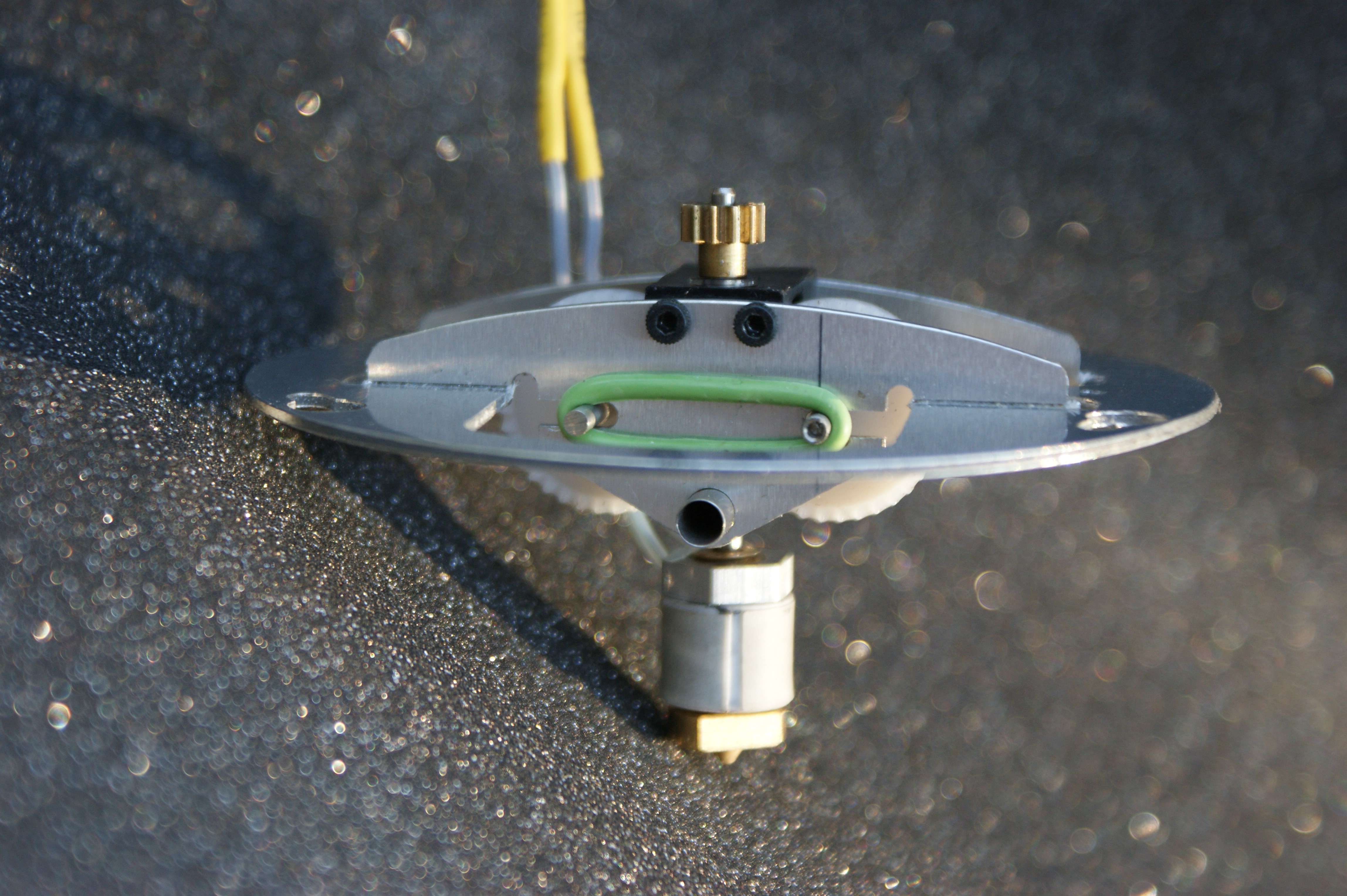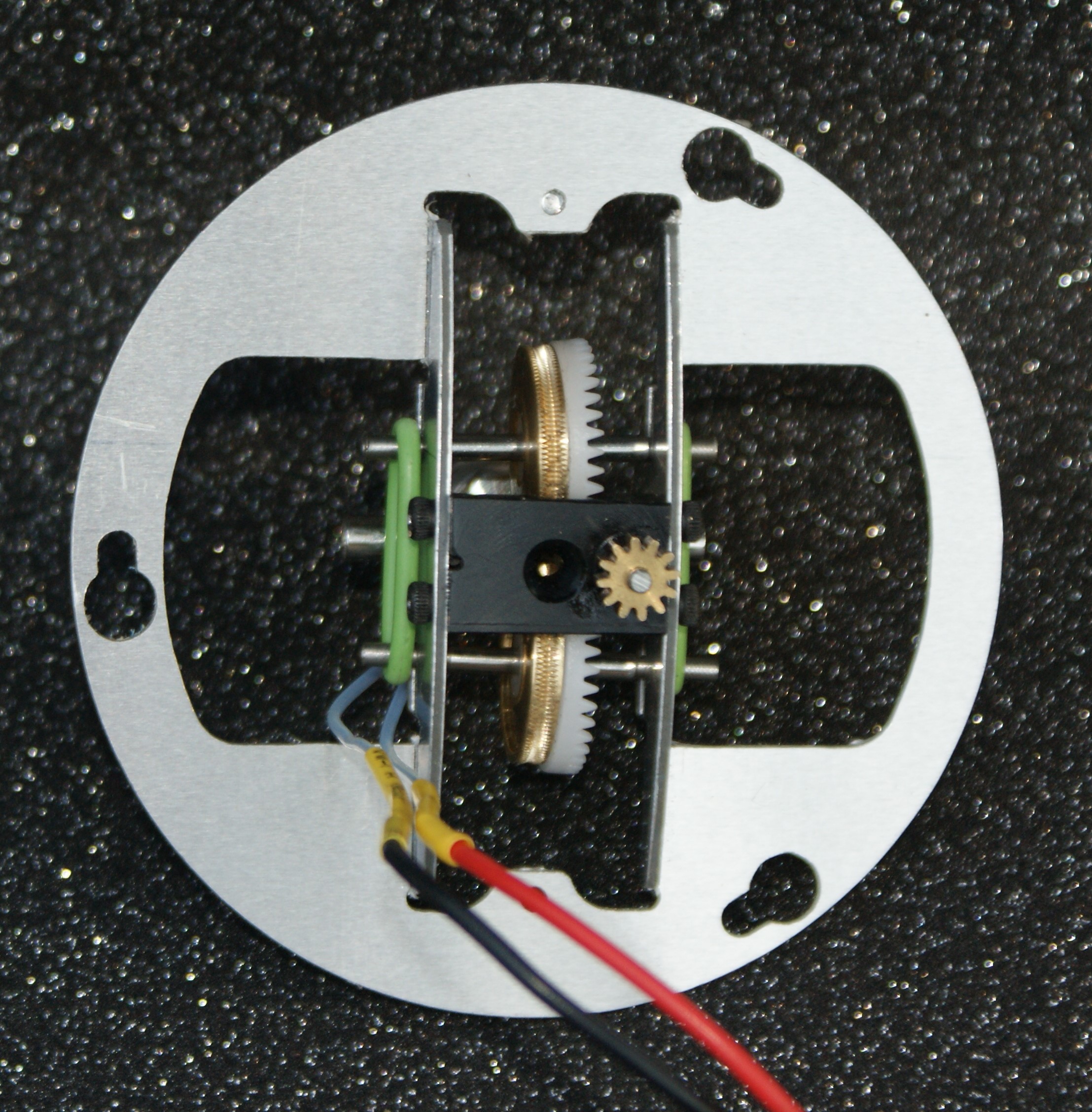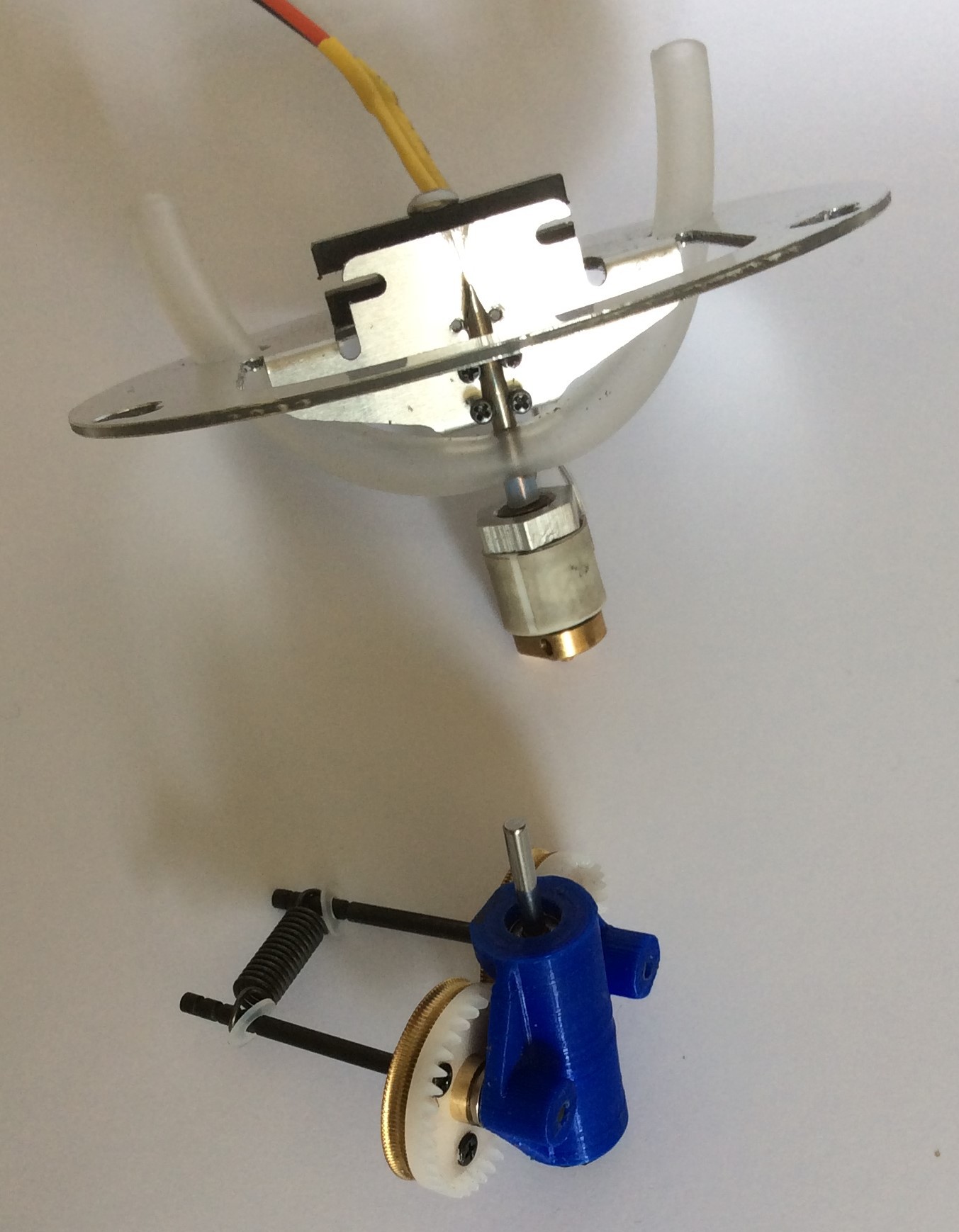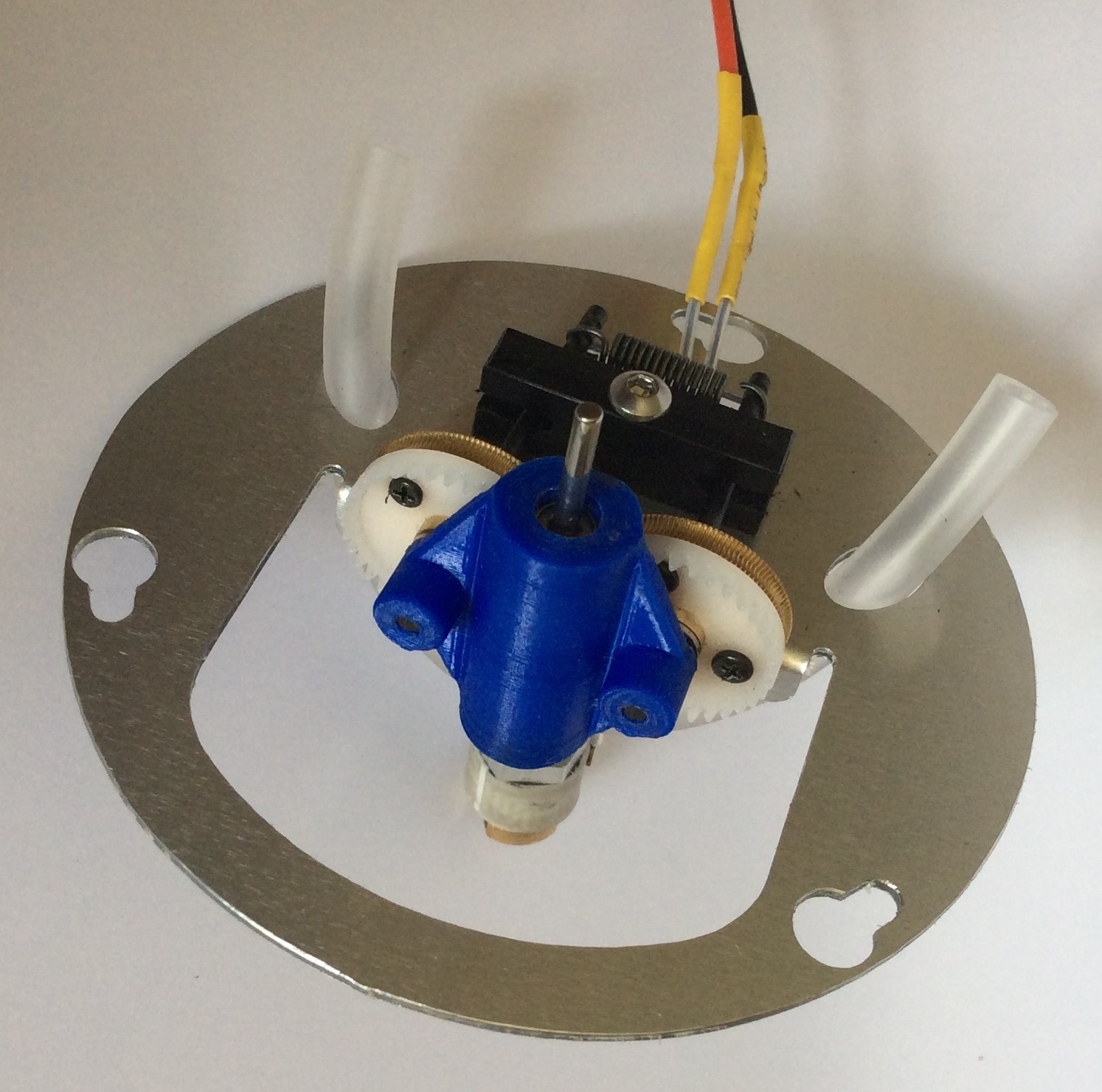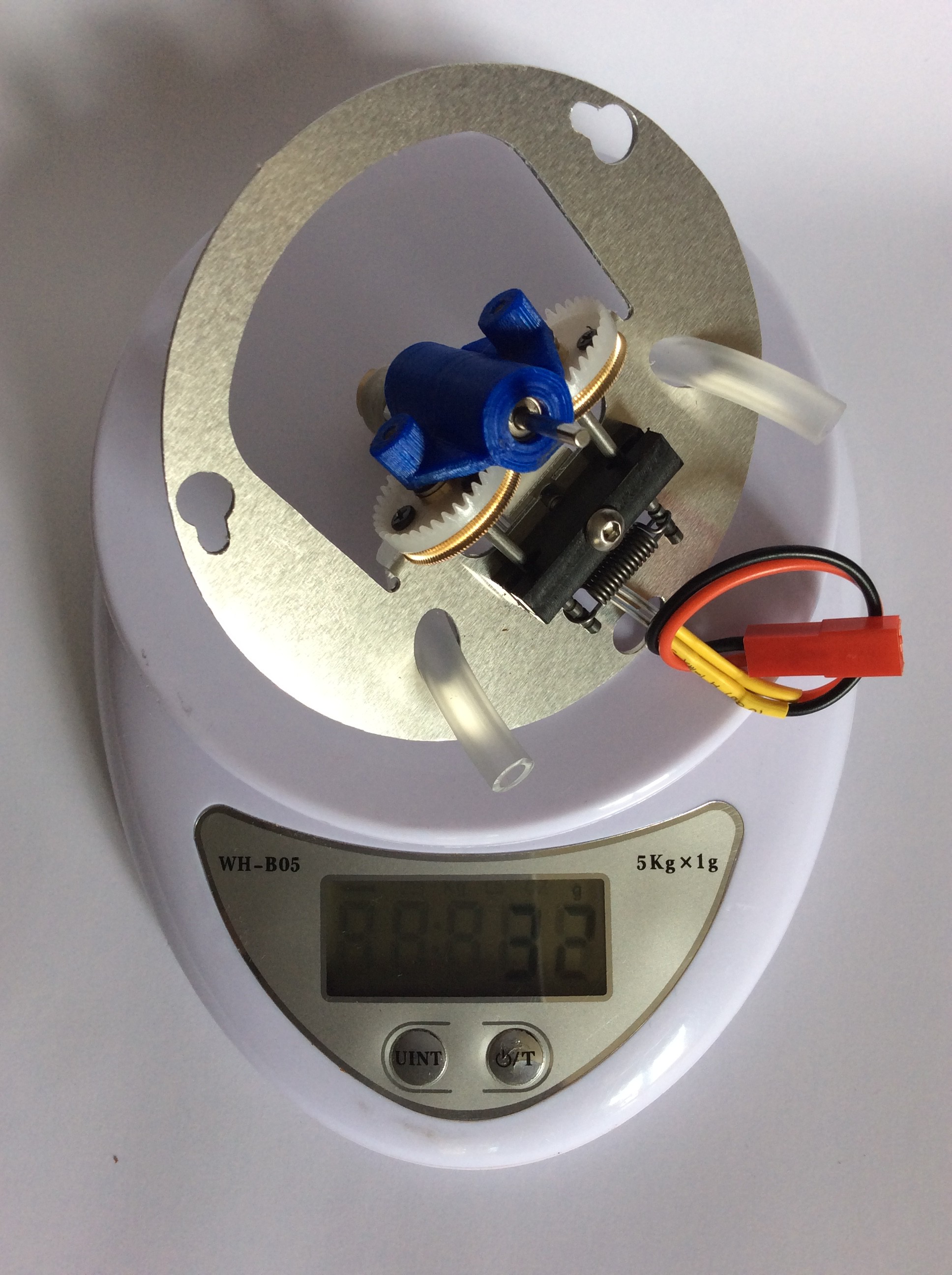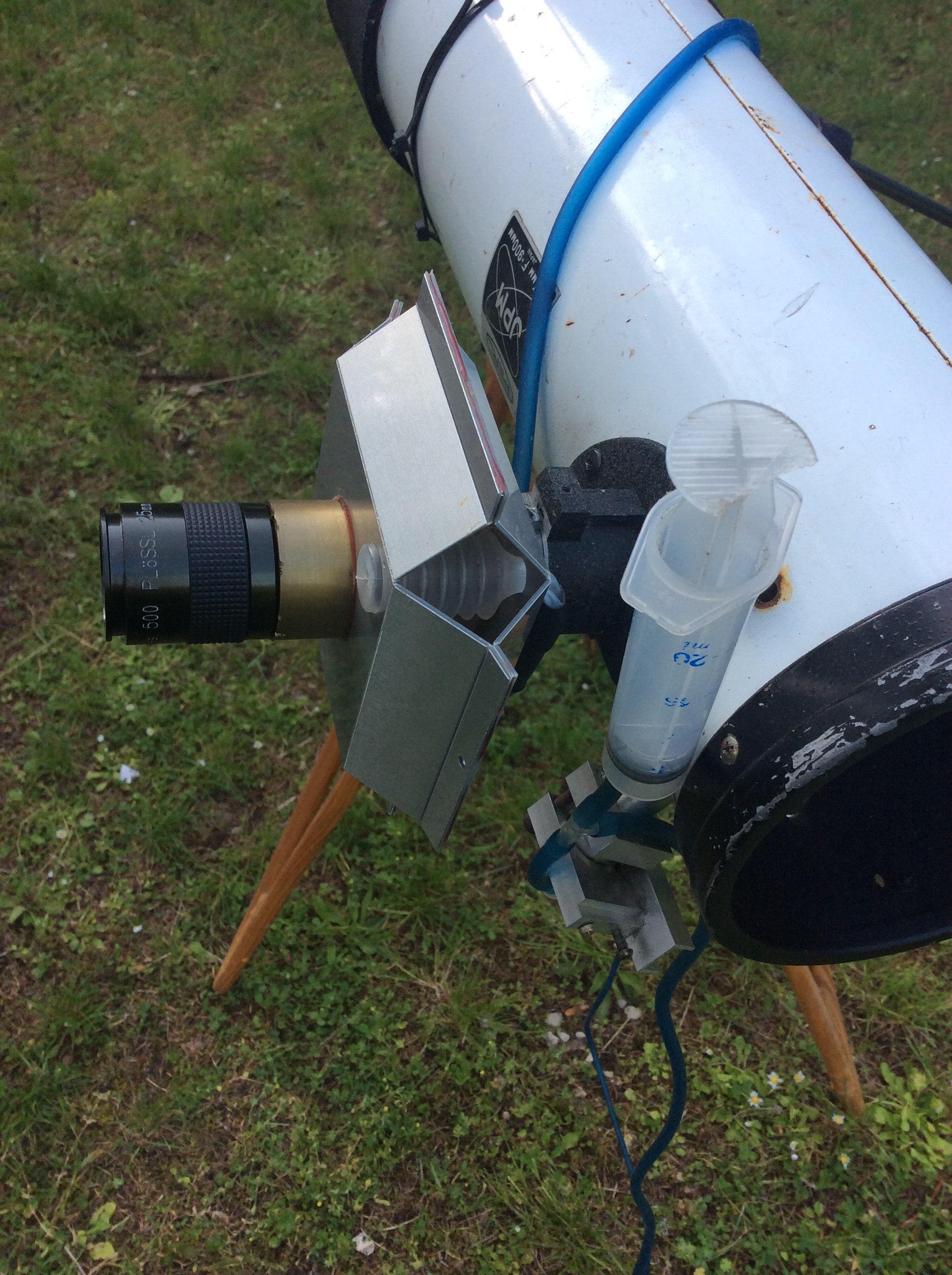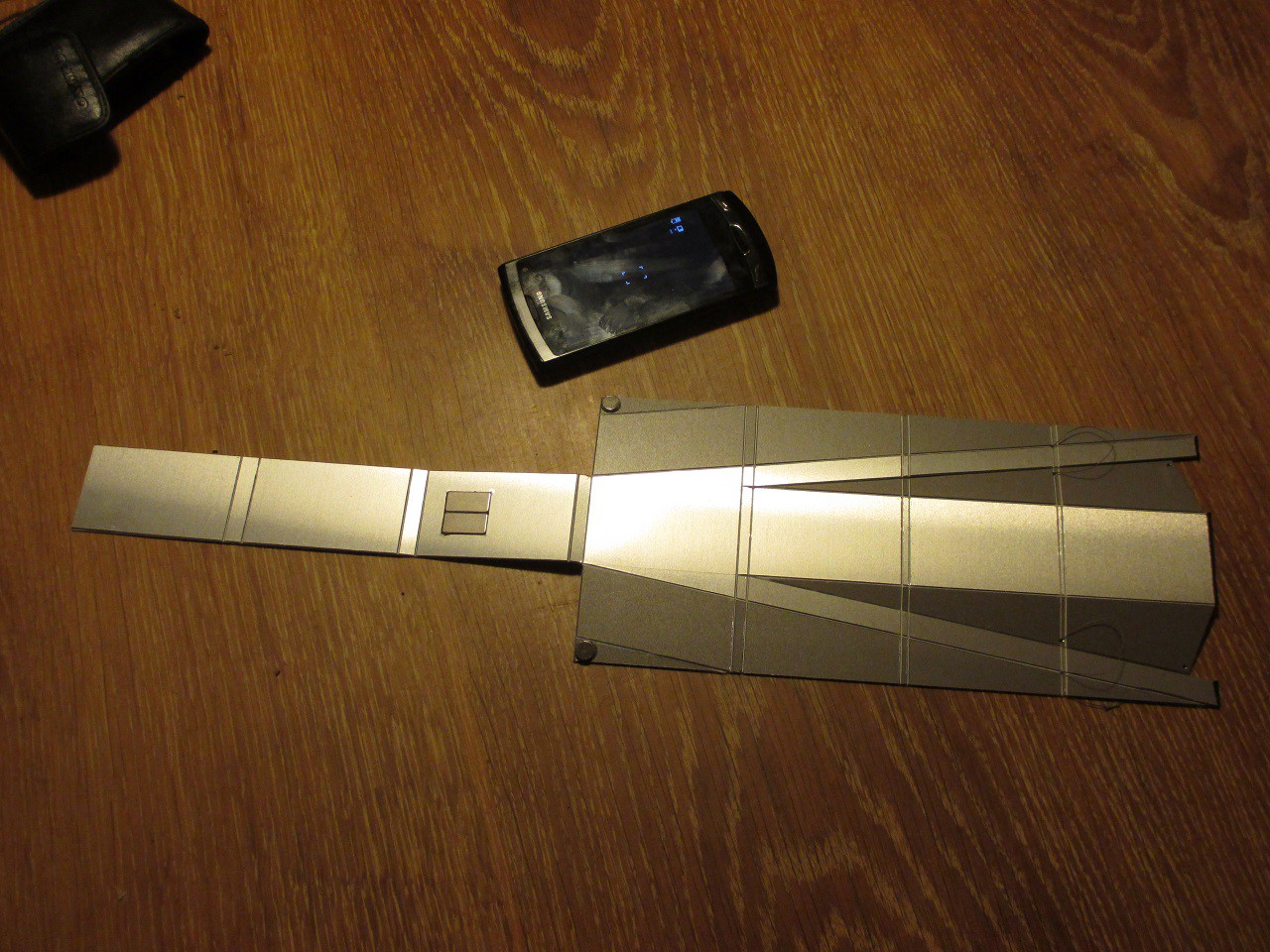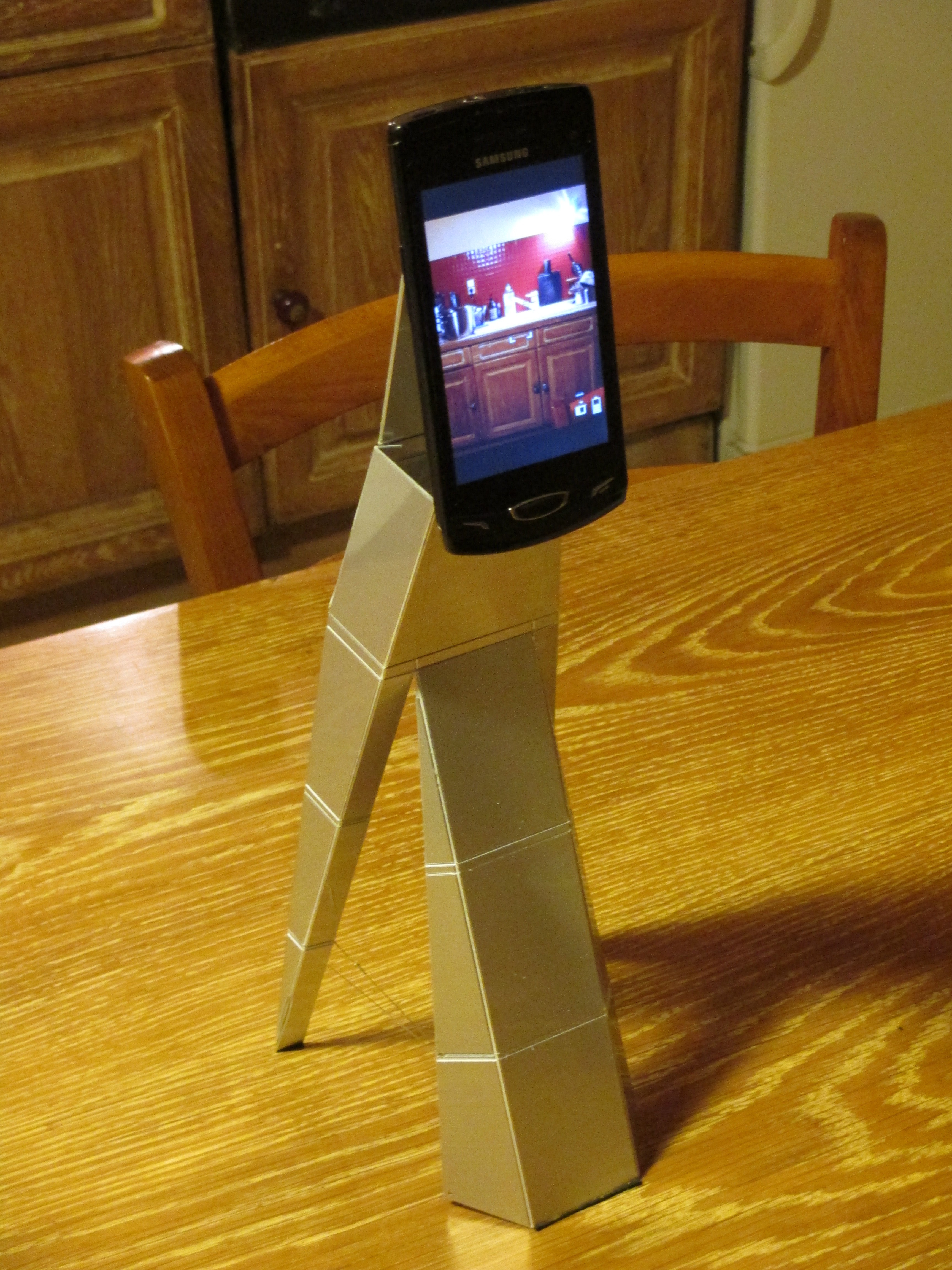-
Zatsit on Kickstarter, now!!!
10/06/2018 at 22:00 • 0 commentsHi!
I am really happy and proud to announce that the Kickstarter campaign has been launched!
Here is the link: Zatsit on Kickstarter
I had a great joy in designing and building this machine. I see another great joy, it is to initiate a community of Zatsit users, all around the world...
Thanks you, Friends!
-
Zatsit, Zat's FAST!
09/05/2018 at 15:03 • 0 commentsHi!
In this log, Zatsit shows its ability to run quite fast.
The purpose of this test is to highlight the quality/speed ratio.
There are many printers that can print a satisfying object by going very slowly, and many can also go very fast by doing just about anything.
What characterizes a quality printer is to go fast without losing quality.
This test is made possible by a remarkable filament, PLA+ uDiamond from Carbodeon, which is loaded with nanoparticles, in order to change the thermal properties. Print speeds can be tripled with the same hot-end.
Even with this filament, we have to stop at 560 mm/s, whereas the mechanics could go up to 1m/s!
-
Another ultra-light printing head
07/25/2018 at 17:11 • 4 commentsI continue to explore the compact 3D print heads, with the integrated extrusion function.
This one weighs only 29g, and is more accurate and robust than the previous one published.
But it is not easy to build at the prototype stage, because of a difficult silver solder. In mass production situations, however, things could be simpler with another technology.
This version could be declined in several extrusion paths, but only one extrusion motor, remote. If I can keep it light enough (I hope about 40g), it would be a major advance for delta printers, which will also be able to print objects in several materials including TPU.
-
Ultra-light extrusion : toward the Graal...
06/12/2018 at 12:23 • 1 commentZatsit works even better when the effector is light, especially as a 3D printer. So I try to find ultra-light solutions, without any compromising on the very best functionality.
The extruder is one of the components that most influences the quality of 3D printing. Ideally, the filament should be pushed by the extruder as close as possible to the area where it will be melted, so as to avoid inaccuracies in the extrusion caused by the elasticity of the various components present on the guide path, including the filament itself. Delta 3D printers are at a disadvantage in this regard, as it is not possible to install a sufficiently powerful extrusion assembly directly on the printhead, due to the associated weight.
In addition, the extruder must drive the filament in a powerful, efficient and precise manner, which is best achieved by pinching it between two symmetrical hobbed gears.
The prototype system I propose today meets these two criteria: two symmetrical hobbed gears are driven by the same worm gear, in a compact and very light unit, located just above the water-cooled Hot-End. The filament is pushed within 25mm of the melting zone.
The worm gear axis is driven by a flexible shaft connecting it to a stepper motor, flexibly suspended, and gimballed, between the three carriages of the delta linkage. In this position, the center of gravity of the stepper moves very little, and its inertia is thus neutralized ("Flystruder").
The extrusion mechanism is mounted floating on a Hylite support which also carries the water-cooled Hot-End. It is the filament that automatically centers the extruder mechanism on the extrusion path.
This device is therefore very close to the Graal of Delta 3D printers: a powerful, precise, and above all DIRECT extrusion head, that is also ultra-light.
Here, the whole unit weighs only 32g, including the support, the extruder, the Hot-End, and the cooling of it! Yes, 32g! This is about one-tenth the weight of a conventional direct-drive extrusion assembly, which does not always have a double hobbed gear drive!
As a result, the ratio between speed and print quality is still improving...
-
Example 2
06/02/2018 at 18:08 • 0 commentsRemote control of the focus on a telescope
This was, for me, the very first application of engraved Hylite technology: Create a Sarrus mechanism, in Hylite, to be able to focus a small telescope at a distance, without having to touch it.Cheap amateur telescopes, such as this venerable 114mm newtonian, often have mounts that are a little too frail. At high magnification, just touching them to adjust the focus makes the image shake in a way that makes focusing very difficult.
This device includes a Sarrus mechanism, deformed by the action of two air bellows. A silicone tube connects these bellows to two syringes of different diameters, which the operator holds in his hand.
By acting on the pistons, without touching the scope, the extension of the bellows is varied, and thus the position of the eyepiece. The two syringes make it possible to obtain two ratios: coarse focus or fine focus.
The improvement in use is magical! Very fine adjustments can be made with a perfectly stable image, as if it were a very high-end telescope.
It works so well, that I'm thinking of updating this application, to make it a commercial product, after Zatsit. -
Other examples
06/01/2018 at 13:53 • 0 commentsMany objects can be made by engraved Hylite technology. I made some of them, apart from the Zatsit robot and its accessories.
iStand, a folding stand for smartphones
I realized this as an exercise of style and design: From a format equivalent to that of the smartphone itself, how to make a photo stand for this smartphone?
On this occasion, I enriched this technology with a trick: the integration of round magnets in the Hylite, to make fastenings, active in two different configurations.
Here is the object, folded :
Then, unfolded
And finally, upright as a photo stand. Tilting is adjustable!
Done!
Folds and Hinges Technology to Make Mechanisms
Engraving by CNC a special composite, the Hylite, to create folds and hinges. Zatsit, so made, is on Kickstarter until oct 5, 2018. Hurry!
